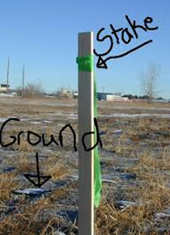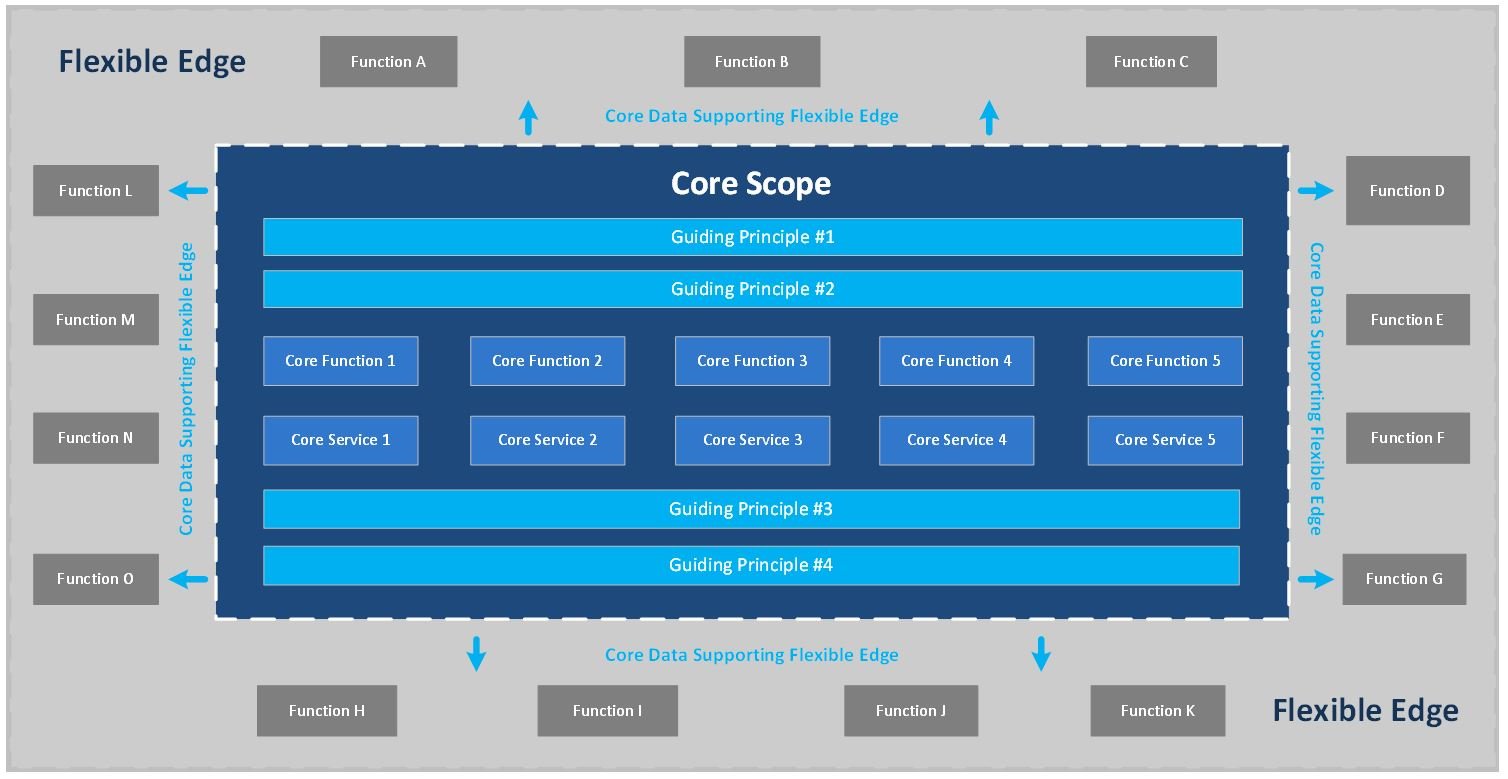 Four years ago, we undertook a strategic evaluation exercise for one of our clients. As part of the executive summary in the final presentation deck, we used the “stake in the ground” image shown below.
Four years ago, we undertook a strategic evaluation exercise for one of our clients. As part of the executive summary in the final presentation deck, we used the “stake in the ground” image shown below.
I took quite a bit of heat from our internal Citisoft project team when I first proposed using the image—it’s flippant, and not hugely attractive. I was encouraged to use something a little softer, cleaner. In the end, we used the slide and it elicited a considerable amount of laughter, and then discussion. In the years since, we’ve re-used the same image with much the same response. So what is it about the “stake in the ground” slide?
It speaks to a trap many fall into with RFP or RFI exercises. Historically, asset management firms would produce a spreadsheet with 4,000 identified requirements spread across 20 different focus areas with some sort of weighting process layered on top. The RFP is delivered to the identified vendors and service providers, and most of the 4,000 items receive a check mark.
Having a detailed set of requirements is important, but adding a “stakes in the ground” approach to RFIs and RFPs forces us to identify the real problems we are trying to solve. The core elements we want to deliver. The key focus areas.
It’s a lot more difficult than it seems. As many great writers have quipped: “If I had more time, I would have written you a shorter letter.” Take the time. A “stakes in the ground” approach forces discussion and hard conversations with key stakeholders and that’s what we need to do. If we walk into a vendor or service provider with a 4,000 line requirements document, we give that organization free reign to rattle off all of the bells and whistles that come with their platform. Pretty soon we have lost track of what we are really looking for.
Avoid the above by defining the key stakes in the ground. My current client uses the term “decision making principles,” i.e., the key principles that will support how we will make our decision. Before any RFP process, we ask: “What are the core elements that the new platform needs to provide?”
Another tool to drive home the “stakes in the ground” approach is shown in the diagram below. Again I give credit to my current client, who proposed the idea. We use this diagram to define the “core” elements that we are looking for in the center of the diagram, and put elements of lesser importance on the “flexible edge”:

When we undertake the evaluation, we drive the conversation around the “core” elements. If the solution can provide elements of the “flexible edge”, that’s great, but our overriding decision making is driven by the extent to which the “core” elements can be satisfied.
Now that we have emerged from COVID, a lot of our clients are reevaluating their enterprise architecture model and initiating system search and selection processes. A number of our Citisoft colleagues are either working on some sort of system evaluation or exploring a proof of concept. While the “Great Resignation” may be pulling more headlines, what we’re seeing is the time of the “Great RFP.” It’s more important than ever in this environment to clearly articulate “stakes in the ground.”
While it’s fun looking at target state opportunities, we need to spend the time up front identifying what we are really trying to solve for. When we walk into a demonstration with our selected vendors and service providers, we need to keep driving to the identified core decision-making principles. See past all of the noise. Focus.
Before your next RFI or RFP, ask first: what are my “stakes in the ground”?










Comments